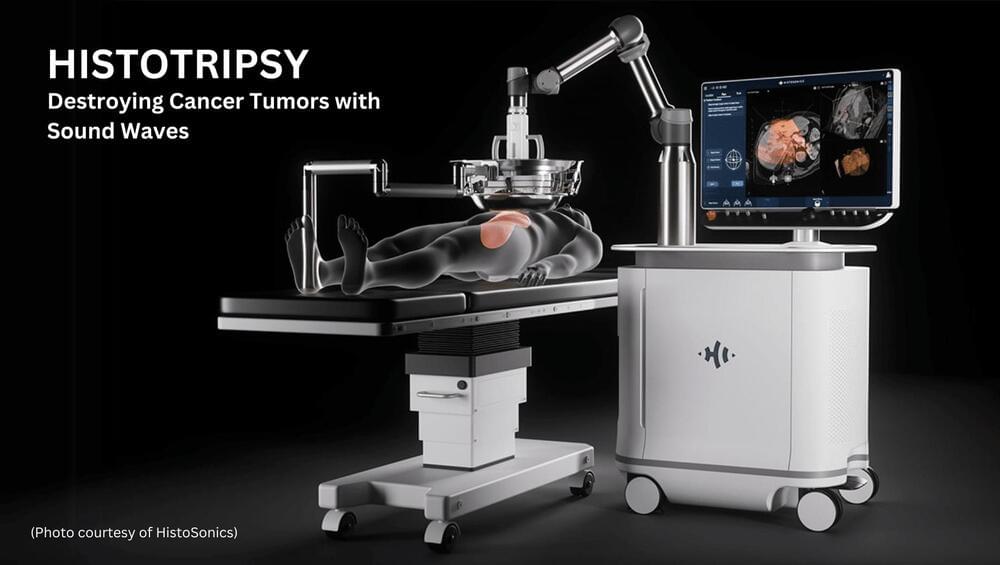“The future of medicine is the medicine of frequencies.” – Albert Einstein.
Imagine a future where cancerous tumors inside the body could be destroyed using only sound waves. Well… the future is now. And it’s called histotripsy.
Histotripsy is a non-invasive process that uses sound waves to completely eliminate cancer tumors. Like radiation therapy, doctors point an ultrasound device at your tumor and “zap it.” But unlike radiotherapy, there is no cancer-causing radiation or heat involved, tumors can be destroyed in one treatment, there is minimal damage to surrounding tissue, a low rate of complications, faster recovery time, and it has been shown to activate immune cells to identify and target any remaining cancer cells in the body.






